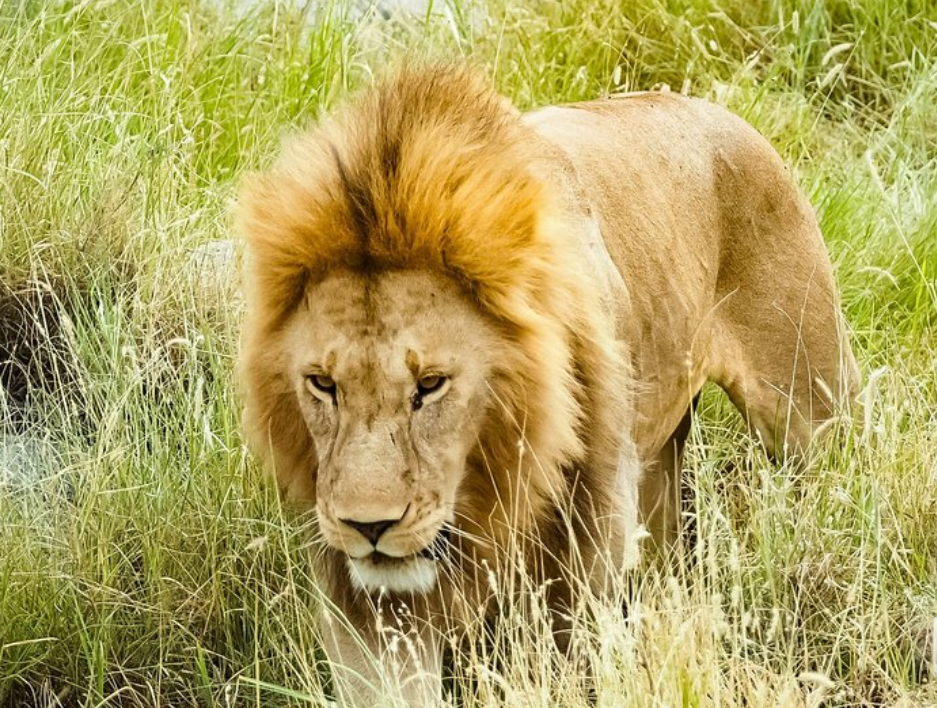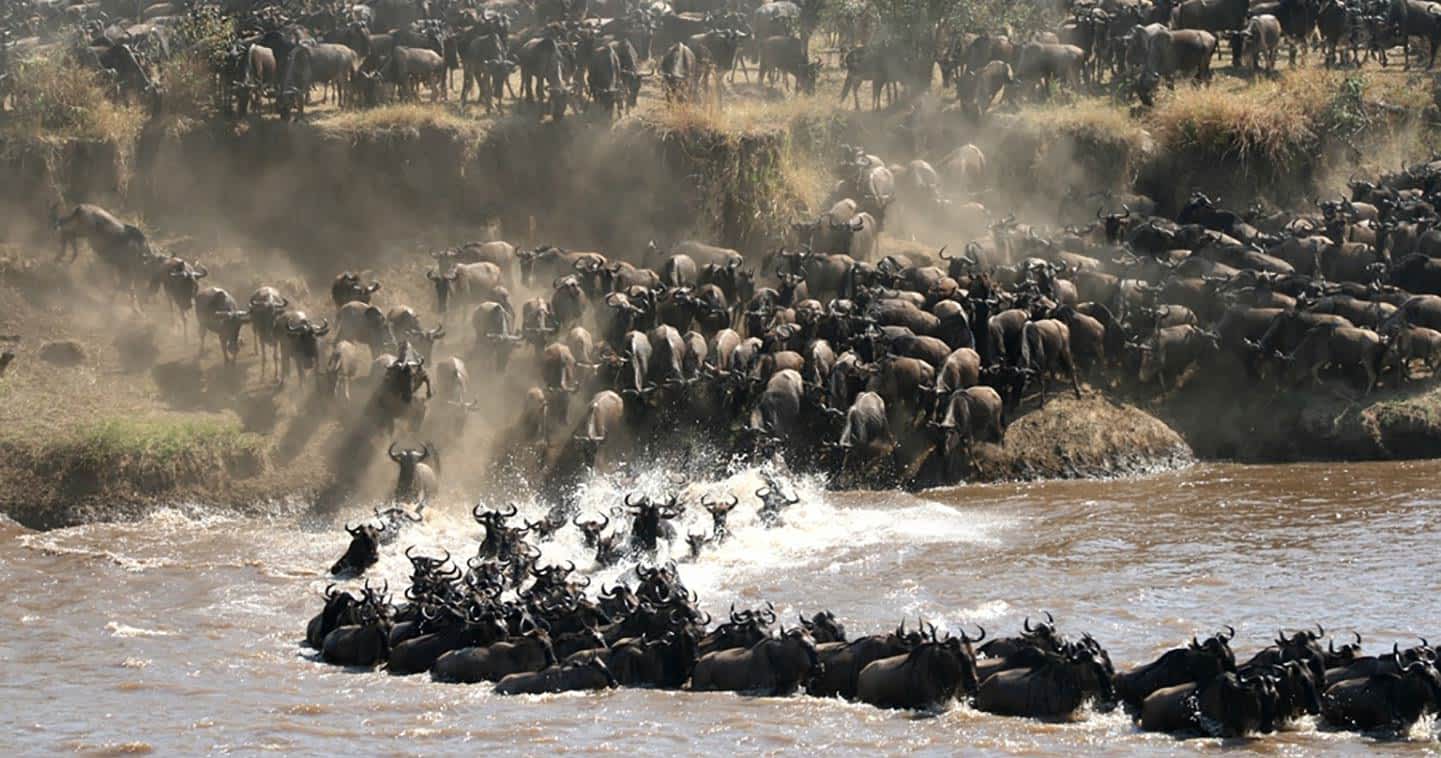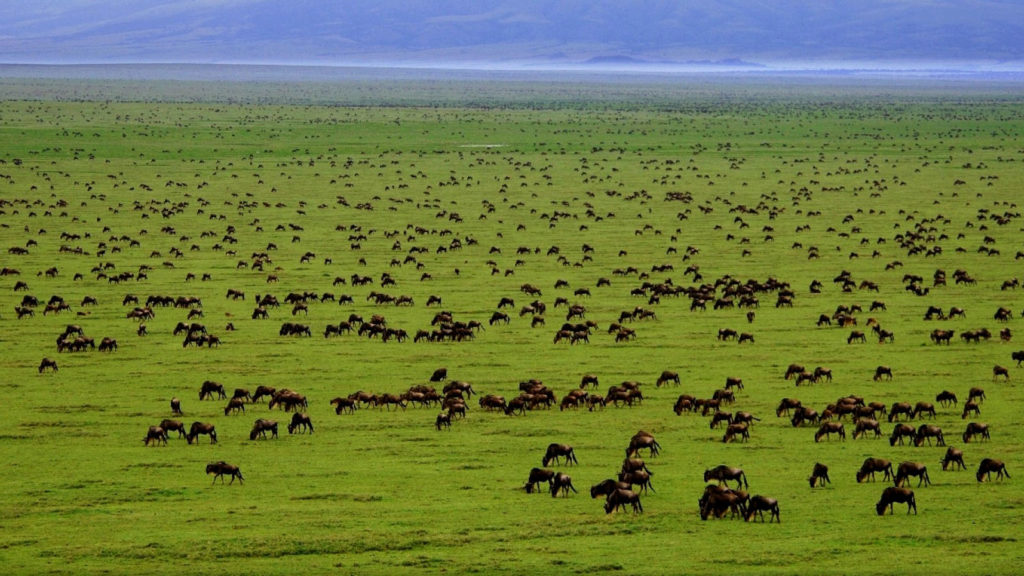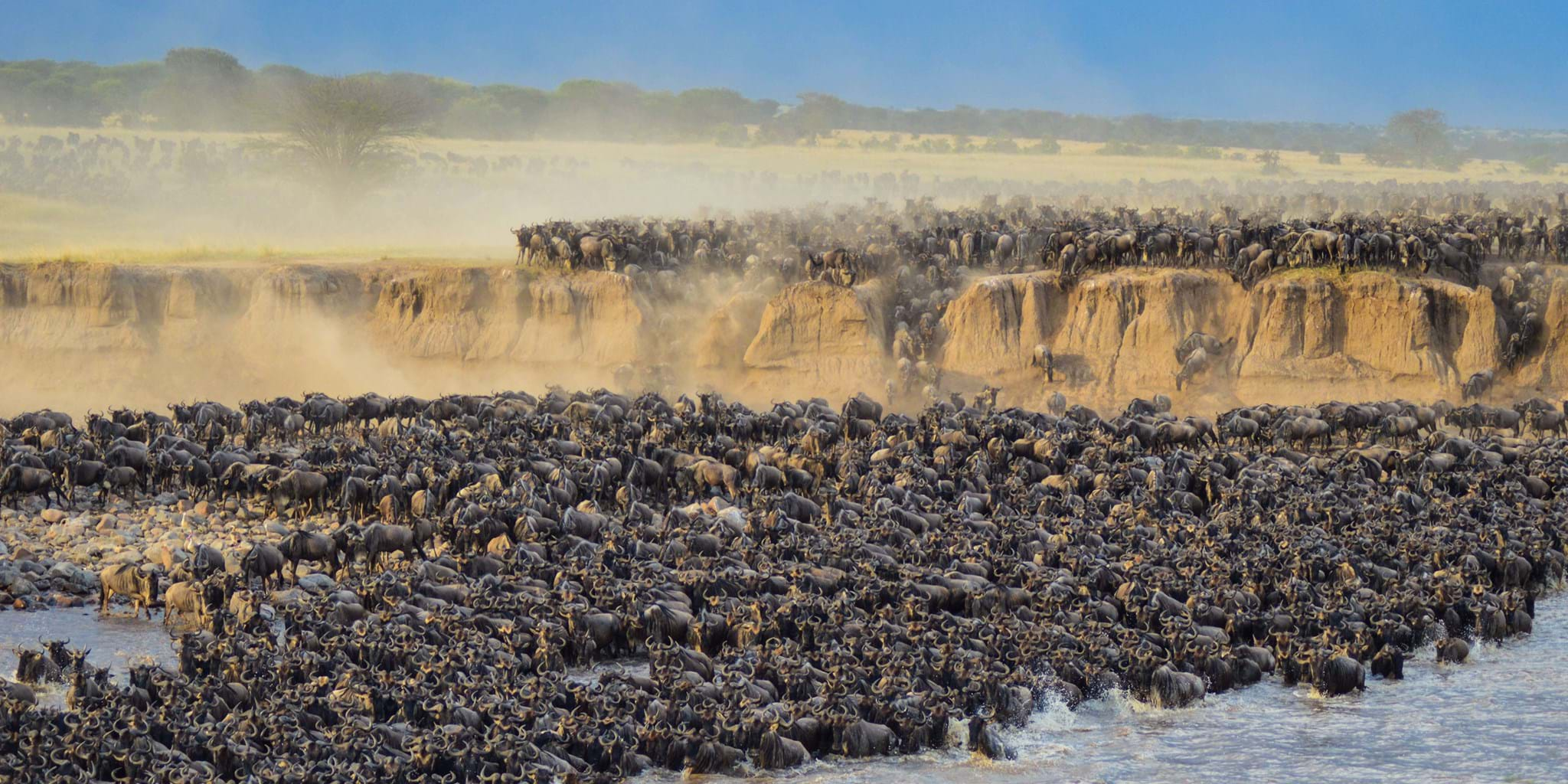
ABOUT TANZANIA SAFARI
Tanzania is renowned for its sheer numbers of wildlife.
From the great migration of the Serengeti to the more remote parks, a Tanzania Safari offers superb game viewing in a dramatic setting of snowy peaks, volcanic craters, and the Masai steppe of endless plains.
There are lots of big cats, and hordes of wildebeest, zebra, and Thompson’s gazelle that migrate across the grasslands every year, with dramatic river crossings along the path of this Great Migration.
A vibrant and beautiful country with exceptional parks and reserves, Tanzania is blessed with the winning combination of unparalleled game viewing and dazzling tropical beaches. Because Tanzania is so vast (almost 1.5 times the size of Texas), it helps to divide the country’s major holiday destinations into four areas:
1.Northern Safari Circuit – the most popular Tanzania safari route comprising the Serengeti, Ngorongoro, Lake Manyara, Tarangire and Kilimanjaro.
2.Tanzania Coast and Islands – the country’s beaches, especially those on islands like Zanzibar, are breath-taking and very accessible.
3.Southern Tanzania – includes the wonderfully wild and underrated Nyerere (previously Selous) and Ruaha, some of the best-kept Tanzania safari secrets.
4.Western Tanzania – head to the far-flung corners of Katavi and Mahale for the ultimate off-the-beaten-path Tanzania safaris.
BEST TIME FOR WILDLIFE TANZANIA SAFARI
DRY SEASONS: JAN–MAR & JUN–OCT :
The weather is usually mild and dry from January to March, and also lesser crowd. June to October is safari’s high season, and Tanzania’s major parks like the Serengeti, Ngorongoro Crater and Lake Manyara are busy but weather conditions are superb including Tanzania’s coast, Zanzibar.

GREEN SEASON: NOV–DEC :
The ‘short rains’ season relieve the dry mid-year winter. Clouds build up in the mornings and break in spectacular, but generally short-lived, showers in the late afternoons. Migrant birds return from the northern hemisphere and resident plains game give birth, which means the predator action is thrilling. Landscapes are green and lush, which makes for the perfect photography conditions.

MIGRATION SEASON: DEC–SEPT:
The herds usually cross the Grumeti River in the western Serengeti between about May and July. They then move towards the Mara River in the north to cross into the Masai Mara between about July to October. November’s short rains trigger the herds to move back to the Serengeti to give birth during the calving season from January to March – a period renowned for bitter-sweet predator action.
